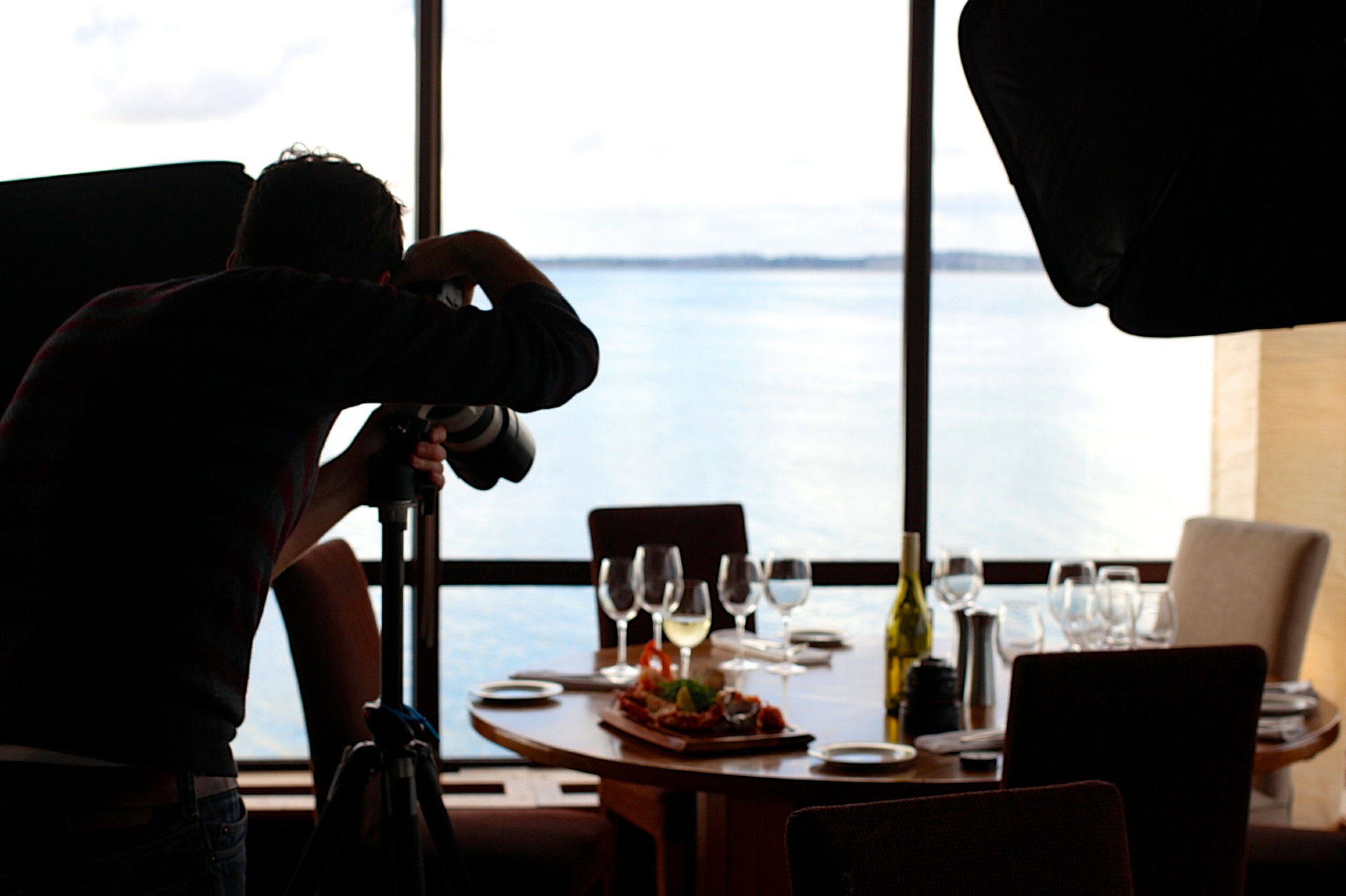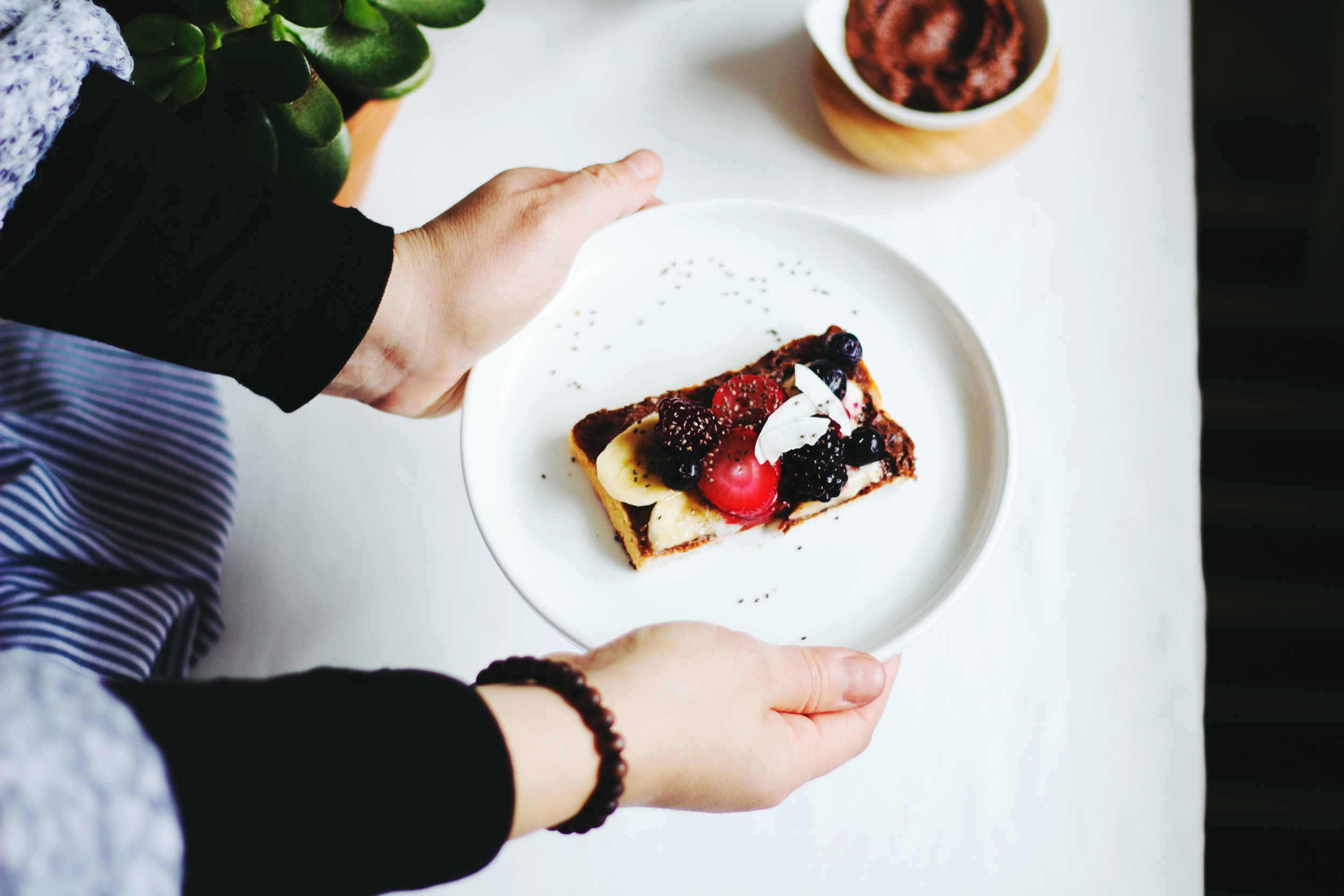If you are reading this, chances are that food photography is your passion. Or at least something you are intrigued by. But can food photography become your job? Wouldn’t it be great to make a living off it? To stop struggling with things you don’t like only to get to the end of the month? I won’t lie to you: it is tough. And competition is brutal. But if you are willing to give it your all, the tips I’ll share with you in this blog post can become the launching pad for a rewarding career!

Where to start to make food photography your job
First of all, there are 2 main ways to earn money as a photographer. One is to shoot on commission for a client that need a specific picture (ie. restaurant menus, product pictures for food companies, etc). The other is to take your own pictures and then license them to third parties (ie. stock photos). Yes, there are also other ways. For example, you could teach food photography, or write an e-book. But in my experience, these avenues work better at a later stage, after you have been successful with either of the 2 main avenues highlighted above. I will also share some tips on how you could cleverly create a synergy between the 2 channels, to boost the performance of both. Together with your income!
Restaurant photography is dangerous (and why these steps can save you)
Earning a living with food photography by taking shots for restaurants is probably one of the toughest ways to begin. There is such a high barrier to starting. You need to have a portfolio. You need to be a good salesperson of yourself. You have to go out and make yourself vulnerable. Isn’t it just easier to stay home and upload your pictures on stock image websites?
Here’s the truth: I agree with you that it can be challenging and tough to find the strength to get started. But if you look at the situation with different eyes, you’ll see that this is actually a good thing. Because the barrier is higher, fewer people will pursue this path. Nowadays, food photography is a big trend. More than likely there are dozens of wannabe photographers in your own neighborhood alone! And I’m ready to bet that all of them are planning (or hoping) to sell their pictures online. But how many actually went out and knocked on the doors of cafès and restaurants in your areas? Very few. Or none at all.
This is your chance!
Be careful, though. Smaller restaurants and cafès might be more likely to underpay you or worse if you don’t play it right from the get go. This means you should always send a written quotation and ask your client to sign it. Even for the smallest of the jobs. This means demanding an advance payment to verify the client’s commitment and seriousness. This means quantifying your real costs in the right way, to avoid working at a loss. How many hours are really needed? What type of pictures and how many of them are expected? Do you need extra lights? Other props? A food stylist? An assistant? Following these steps not only will prevent you from losing money, but it will also make you look much more professional. Ok, now that you have real-world experience, and your portfolio gets thicker, it’s time to have another look at those stock image sites. Can you make money with them?
Stock images: is it really the Holy Grail of food photography?
Let’s play a game. Think of a food type. Now open another window in your browser and google your food type of choice + “stock photos”. Click on “Images” and have a look. Start scrolling down. And down. And down. It just never ends! I looked for “Tomatoes stock photos” and there are thousands of them! Many are not even watermarked (a.k.a. Easily usable by anybody for free. This practice is as widespread as it is illegal). And the quality is often so high. I wish I took some of those! So, should you give up? No. But you should be smart. Don’t compete where you can’t win. Pick a niche where there is demand but the offer is not overwhelming. Forget white background pictures. What about outdoor shots? Or local ingredients and dishes specific to your area? In this way, you stand a chance.
What if each picture could bring you twice the return?
This is not always possible, but at times you can maximize the value of the shots you take. You need to plan this upfront, but it will be well worth your time! Always check the wording of your food photography contracts. If you take pictures for a restaurant, for how long are they licensing your shots? When does the exclusivity period end? In this way, you will be able to promote the same pictures on your website or post them as stock on dedicated platforms. Or if you have a number of relevant stock photos that are linked by a theme, why not offering them for a series of cooking articles on a magazine? Or maybe a cookbook? Food Photography is a beautiful, fulfilling activity. And by being smart and doing things differently, it can also become the most gratifying job ever!
Your future is there for you to grab, why not start right now?